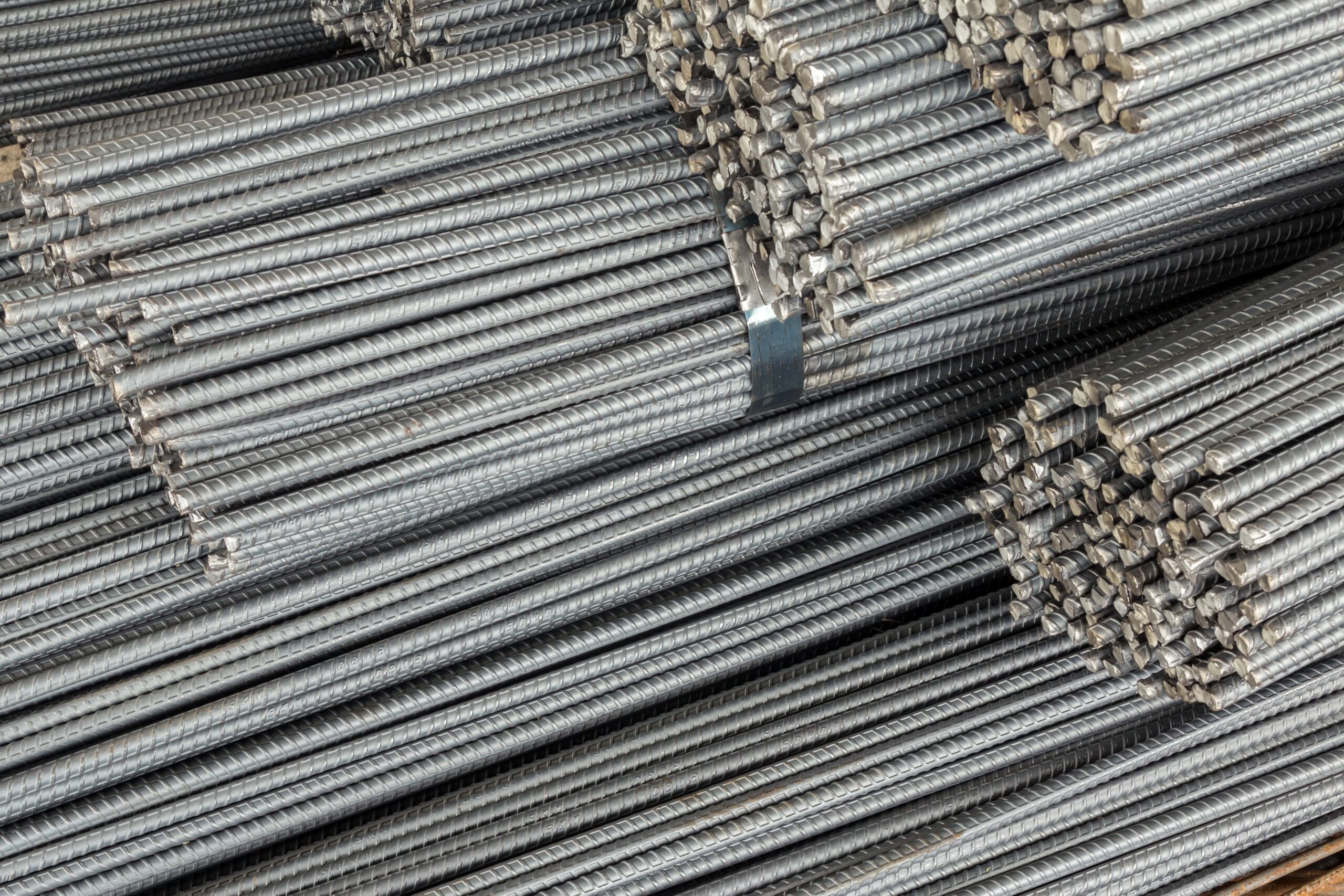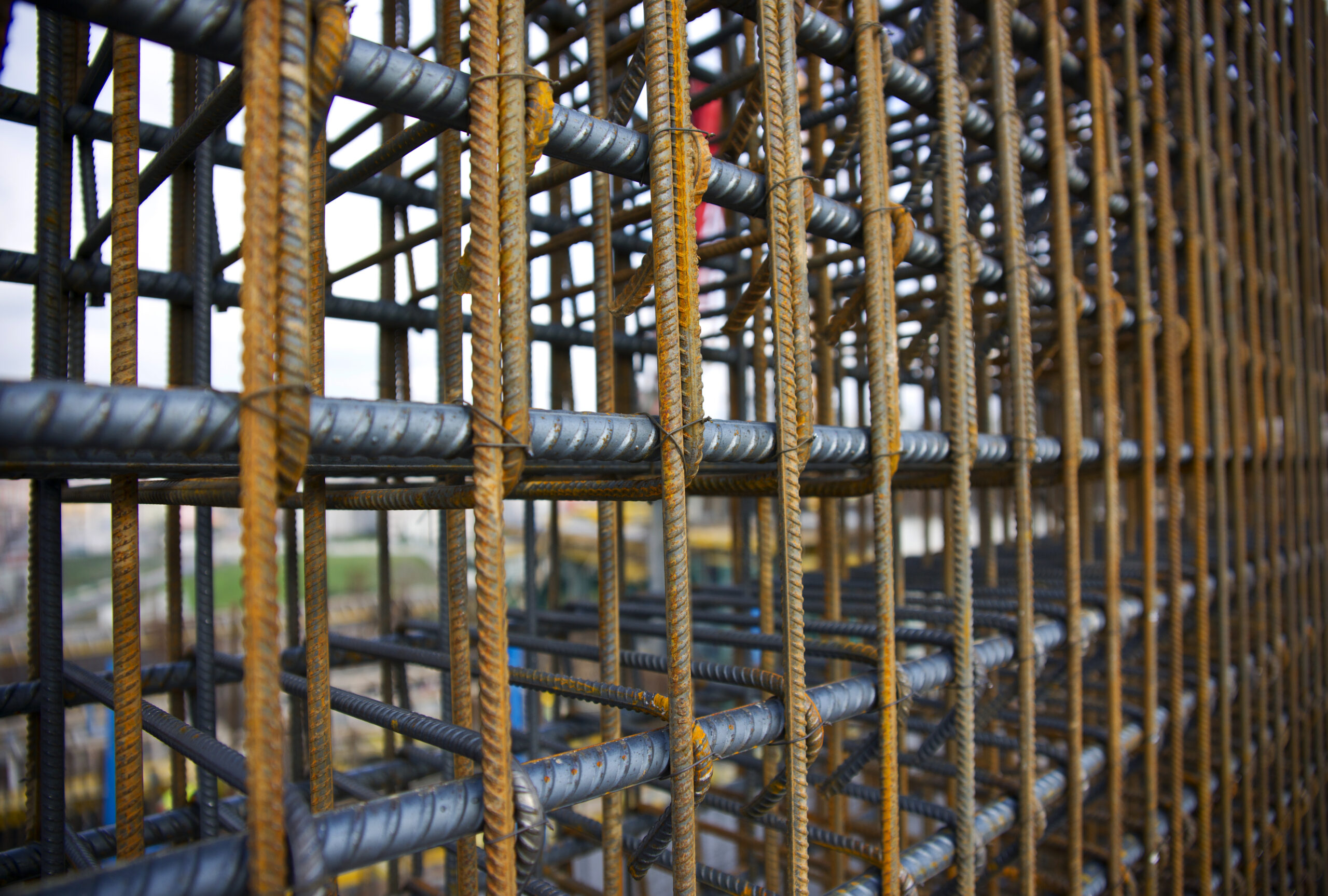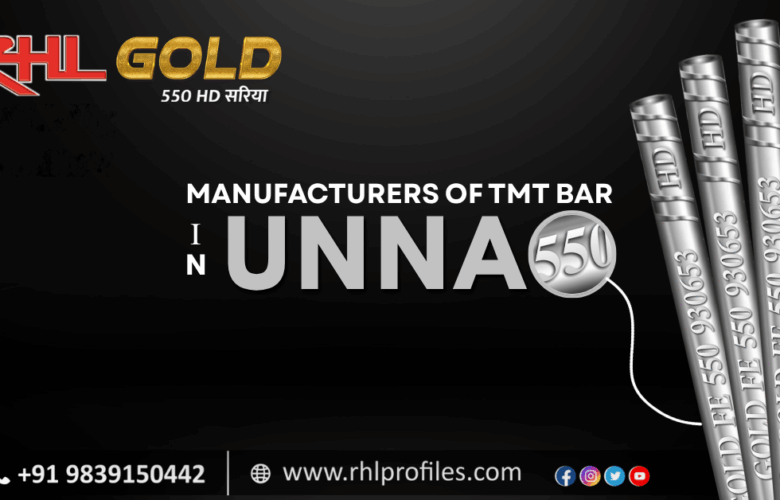Why Fe 500 or Fe 600 is written on iron rods?
Have you ever looked at a steel rebar at a construction site and wondered what the markings “Fe 500” or “Fe 600” mean? These seemingly simple markings hold a lot of significance in the world of construction, indicating the strength and suitability of the rebar for a specific project.
Understanding the Markings:
- Fe: This stands for Ferrum, the Latin word for Iron, signifying the base material used in the rebar.
- The Number (500 or 600): This number represents the minimum yield strength of the rebar in Megapascals (MPa). Yield strength is the point at which the rebar begins to deform plastically under stress. In simpler terms, a higher number indicates a stronger and more stress-resistant rebar.

Why are Different Grades Used?
Construction projects have varying requirements for strength and flexibility. Here’s a breakdown of the most common Rebar Grades and their applications:
- Fe 415: This is a low-strength rebar suitable for smaller projects with minimal load-bearing needs, such as slabs in residential buildings.
- Fe 500: This is the most widely used grade, offering a good balance between strength and bendability. It’s suitable for most common construction projects, including beams, columns, and slabs in multi-story buildings.
- Fe 500D: This variation of Fe 500 boasts improved ductility, meaning it can elongate more before breaking. This characteristic is beneficial in earthquake-prone areas where structures need to be able to absorb shock and resist cracking.
- Fe 600: This is a high-strength rebar ideal for large-scale projects requiring exceptional load-bearing capacity. Applications include high-rise buildings, bridges, and industrial structures.
Choosing the Right TMT Bar:
Selecting the appropriate TMT (Thermo Mechanically Treated) bar grade depends on various factors, including:
- Project type and size: Larger projects with heavier loads necessitate higher strength rebar like Fe 600.
- Seismic zone: In earthquake-prone areas, Fe 500D with its superior ductility is preferred.
- Budgetary considerations: While higher-grade rebars offer superior strength, they come at a slightly higher cost.
RHL Profiles: Your Trusted Partner in Construction
At RHL Profiles, we understand the importance of using the right TMT bars for your project. We offer a comprehensive range of TMT bars complying with the latest IS standards (IS 1786) to ensure optimal Strength, Durability, and Safety. Our team of experts can guide you in selecting the most suitable TMT bar grade for your specific requirements.
RHL Updates
Latest Updates
- June 2025
- May 2025
- April 2025
- March 2025
- February 2025
- January 2025
- December 2024
- November 2024
- October 2024
- September 2024
- August 2024
- July 2024
- June 2024
- May 2024
- December 2023
- October 2023
- September 2023
- August 2023
- July 2023
- May 2023
- April 2023
- March 2023
- February 2023
- January 2023
- December 2022
- November 2022
- September 2022
- July 2019
- June 2019
- Best Quality TMT Bars
- Best Saria in Prayagraj
- Best Sariya in Lucknow
- Best TMT Bar Manufacturer in Unnao
- Best TMT Bars in Agra
- Best TMT Bars in Allahabad
- Best TMT Bars in Ambedkar Nagar
- Best TMT Bars in Ayodhya
- Best TMT Bars in Ballia
- Best TMT Bars in Banaras
- Best TMT Bars in Chandauli
- Best TMT Bars in Chitrakoot
- Best TMT Bars in Deoria
- Best TMT Bars in Gautam Buddh Nagar
- Best TMT Bars in Gorakhpur
- Best TMT Bars in Jaunpur
- Best TMT Bars in Jhansi
- Best TMT Bars in Kanpur
- Best TMT Bars in Kushinagar
- Best TMT Bars in Lakhimpur Kheri
- Best TMT Bars in Lalitpur
- Best TMT Bars in Lucknow
- Best TMT Bars in Meerut
- Best TMT Bars in Noida
- Best TMT Bars in Pratapgarh
- Best TMT Bars in Raebareli
- Best TMT Bars in Sant Kabir Nagar
- Best TMT Bars in Unnao
- Best TMT Bars in Uttar Pradesh
- Best TMT Bars in Varanasi
- Best TMT Bars Manufacturer in Uttar Pradesh
- Featured
- Saria Distributor in Kanpur
- TMT Bars in Basti
- Today TMT Bars updates
- Uncategorized
Categories
Recent Updates
उत्तर प्रदेश का सबसे भरोसेमंद सरिया
- Best Quality TMT Bars
- Best Saria in Prayagraj
- Best Sariya in Lucknow
- Best TMT Bar Manufacturer in Unnao
- Best TMT Bars in Agra
- Best TMT Bars in Allahabad
- Best TMT Bars in Ambedkar Nagar
- Best TMT Bars in Ayodhya
- Best TMT Bars in Ballia
- Best TMT Bars in Banaras
- Best TMT Bars in Chandauli
- Best TMT Bars in Chitrakoot
- Best TMT Bars in Deoria
- Best TMT Bars in Gautam Buddh Nagar
- Best TMT Bars in Gorakhpur
- Best TMT Bars in Jaunpur
- Best TMT Bars in Jhansi
- Best TMT Bars in Kanpur
- Best TMT Bars in Kushinagar
- Best TMT Bars in Lakhimpur Kheri
- Best TMT Bars in Lalitpur
- Best TMT Bars in Lucknow
- Best TMT Bars in Meerut
- Best TMT Bars in Noida
- Best TMT Bars in Pratapgarh
- Best TMT Bars in Raebareli
- Best TMT Bars in Sant Kabir Nagar
- Best TMT Bars in Unnao
- Best TMT Bars in Uttar Pradesh
- Best TMT Bars in Varanasi
- Best TMT Bars Manufacturer in Uttar Pradesh
- Featured
- Saria Distributor in Kanpur
- TMT Bars in Basti
- Today TMT Bars updates
- Uncategorized





